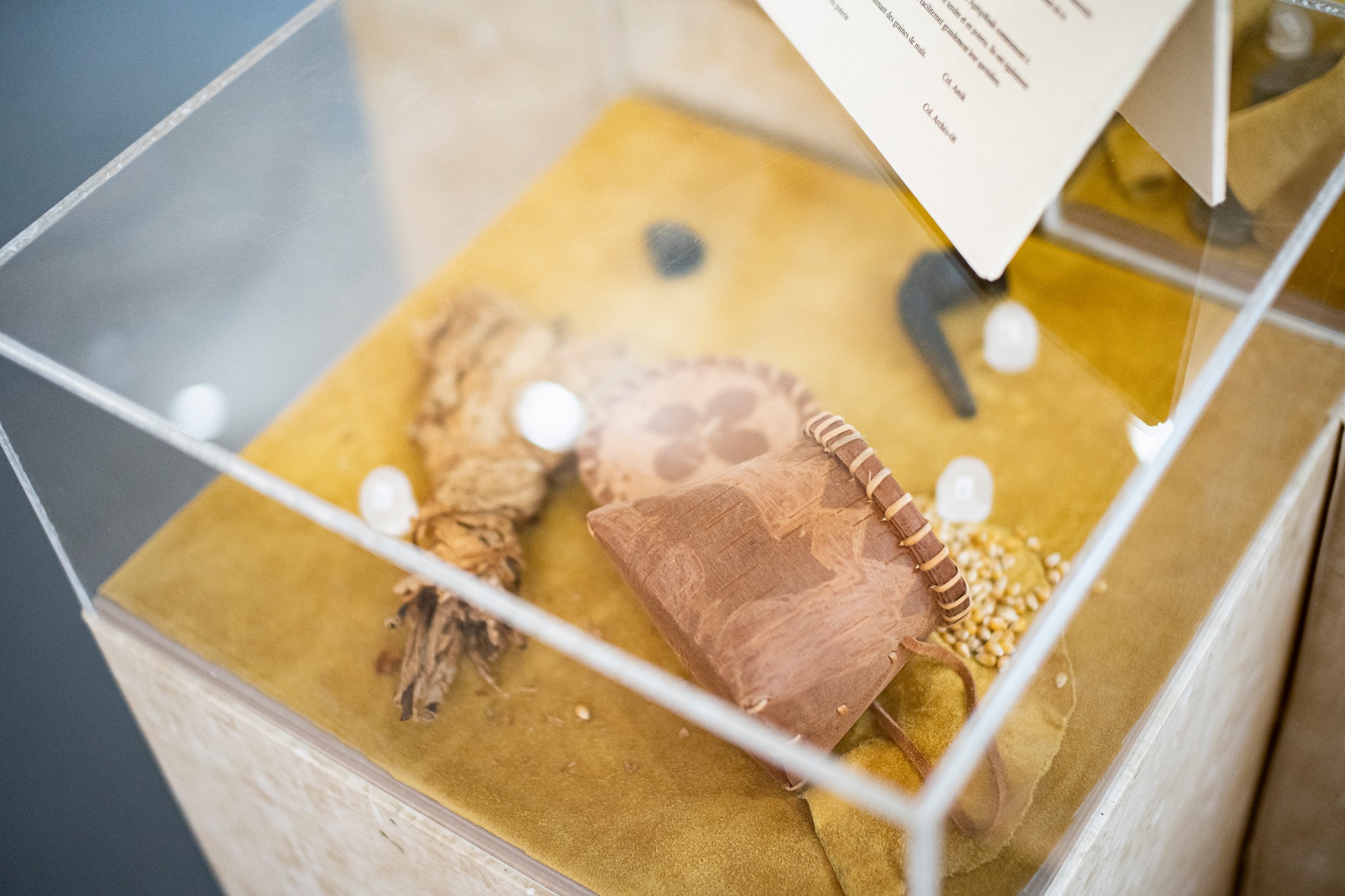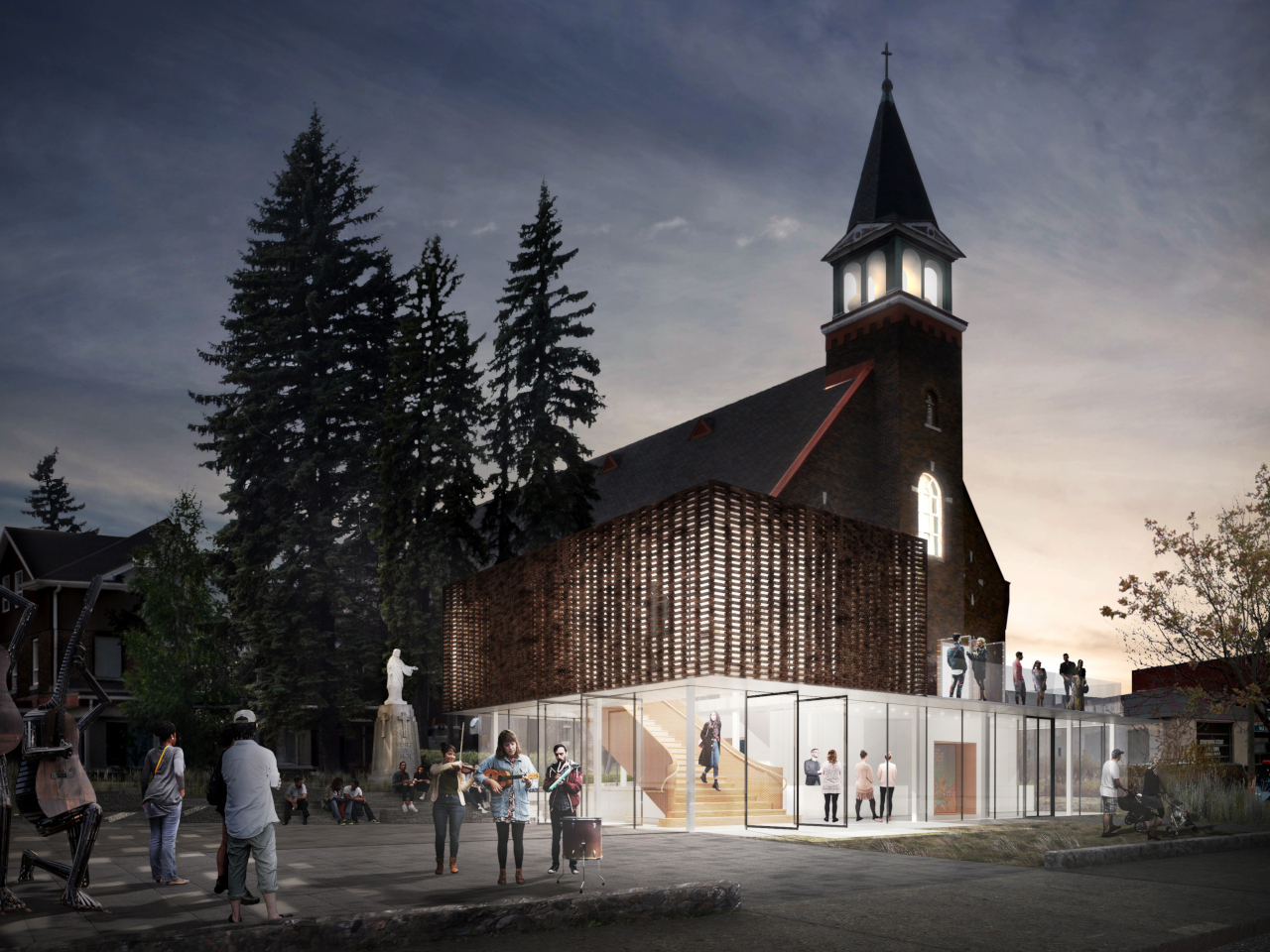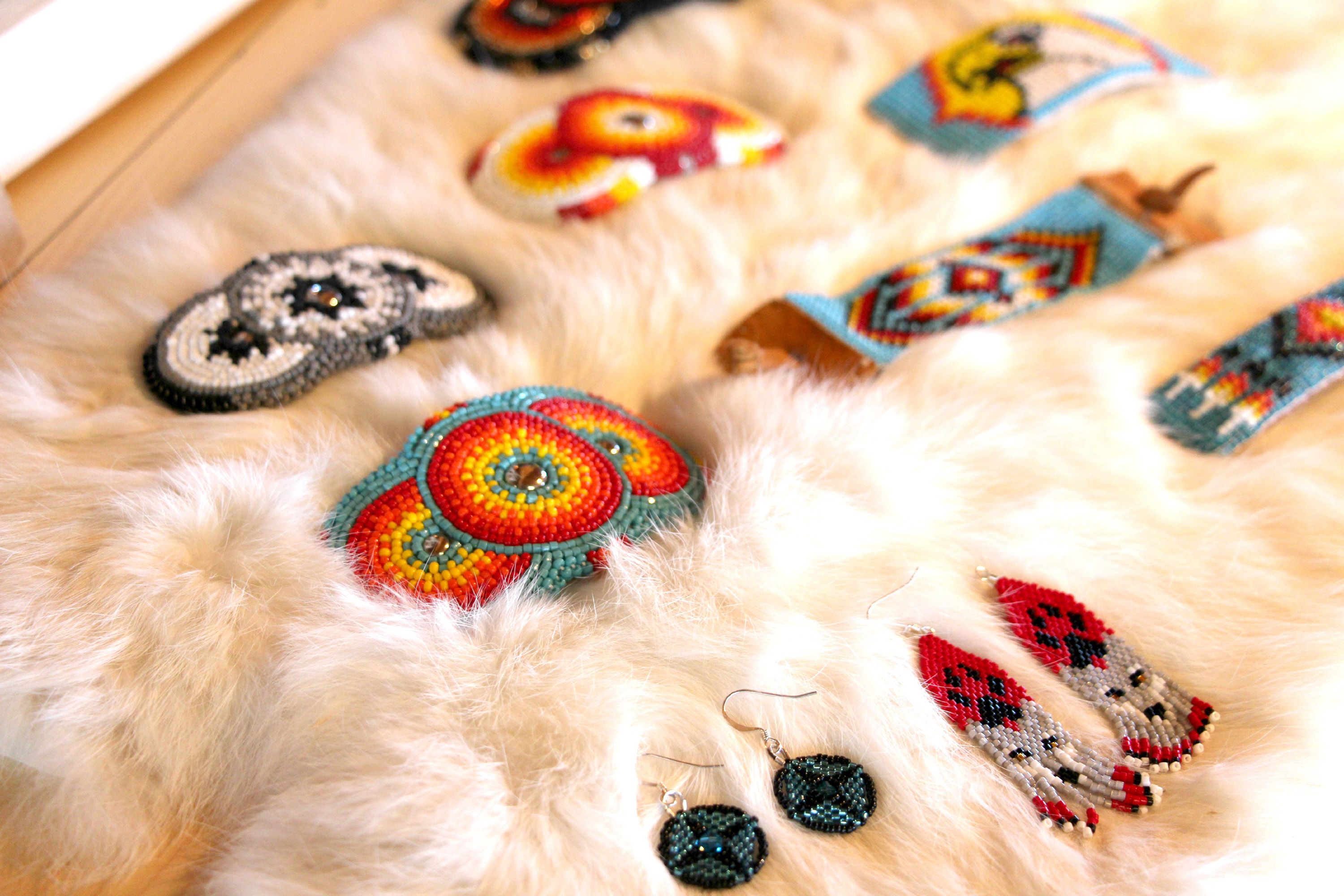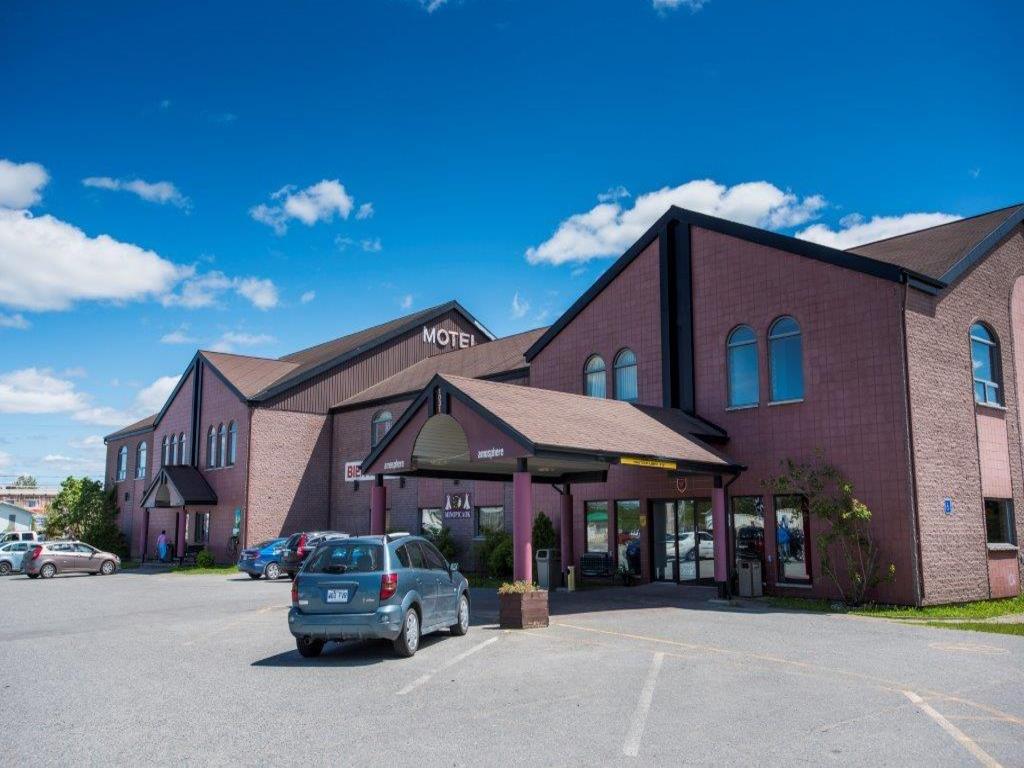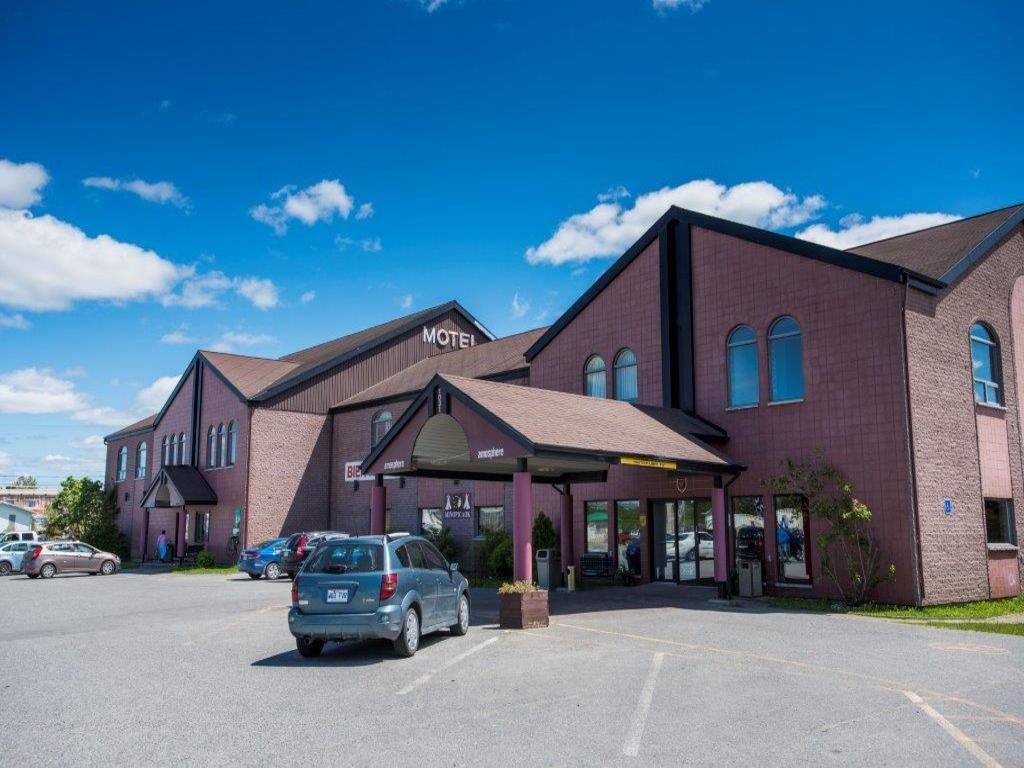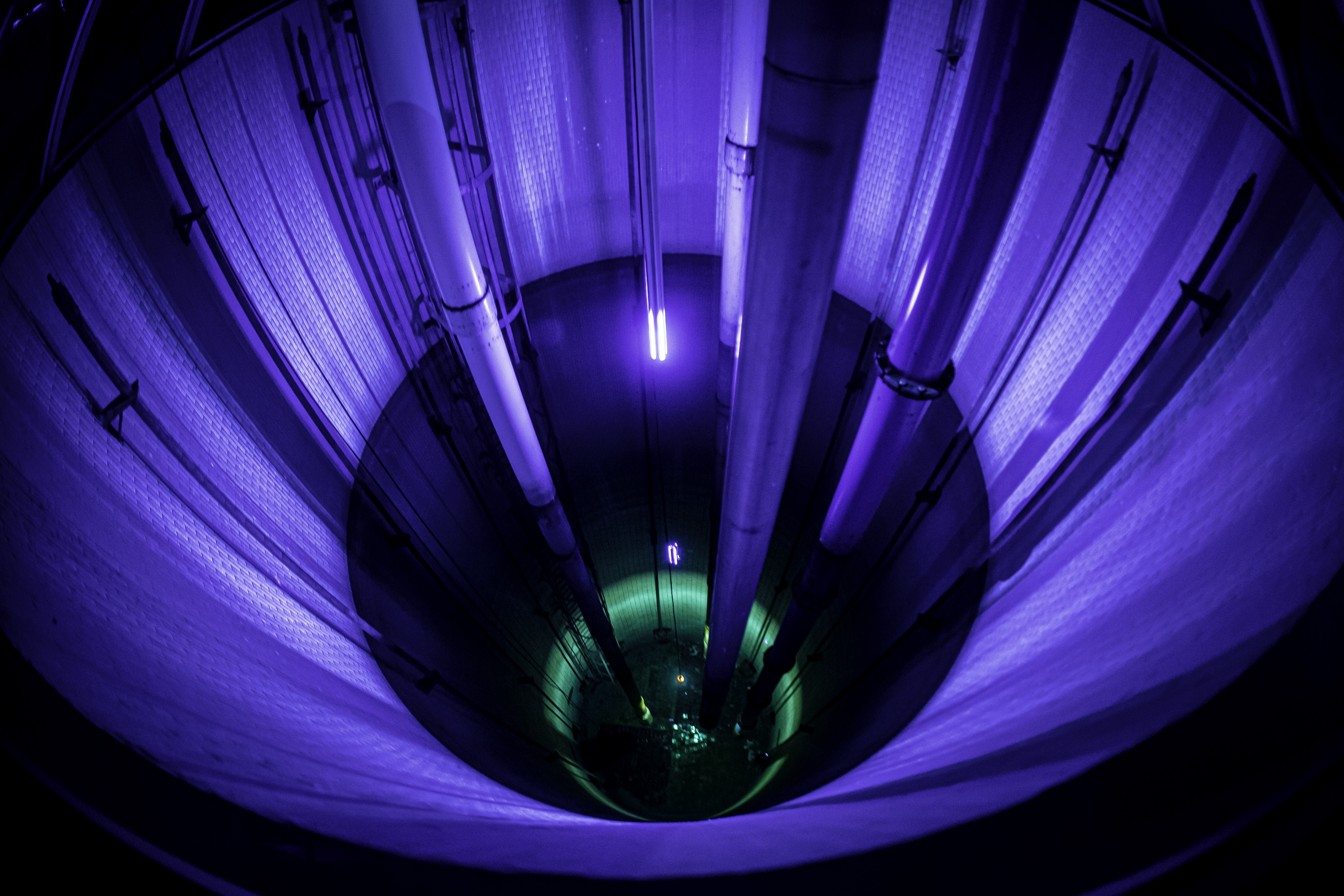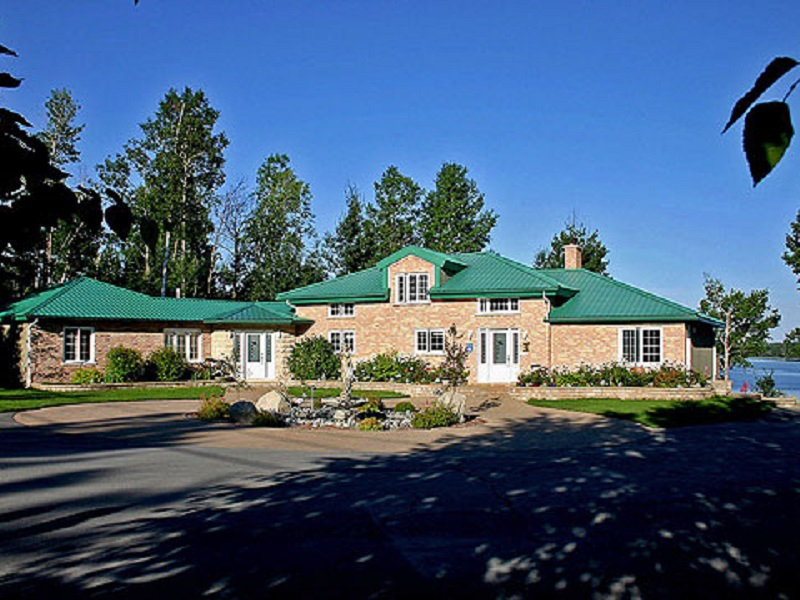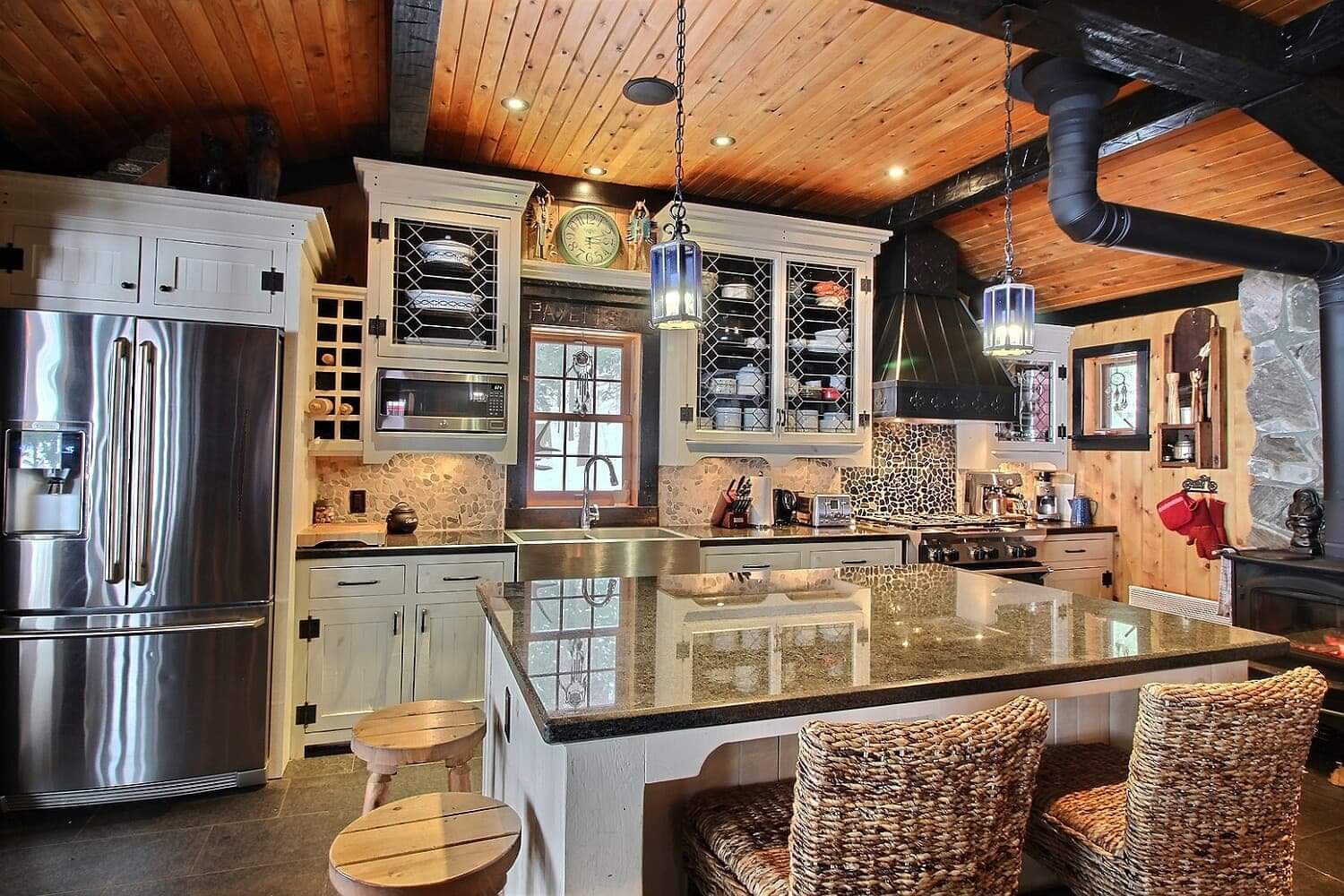«Discovering the covered bridges» Circuit
Step back in time with the “Discovering the Covered Bridges” circuit and dive into the fascinating history of Abitibi-Témiscamingue’s settlement.
The region is still home to thirteen covered bridges, built during a time when these structures were vital for crossing rivers and streams. They were covered to shield them from the elements, extending their lifespan. But these bridges were more than simple crossings: some hosted meetings or auctions, others served as public bulletin boards… and many quietly witnessed secret romantic rendezvous, earning them the nickname “lovers’ bridges” or “legendary bridges”. With their unique architecture and touching stories, these heritage gems embody a bygone way of life that still lives on in the hearts of our communities.
Between stories and scenic backroads, this circuit offers you a journey beyond time.
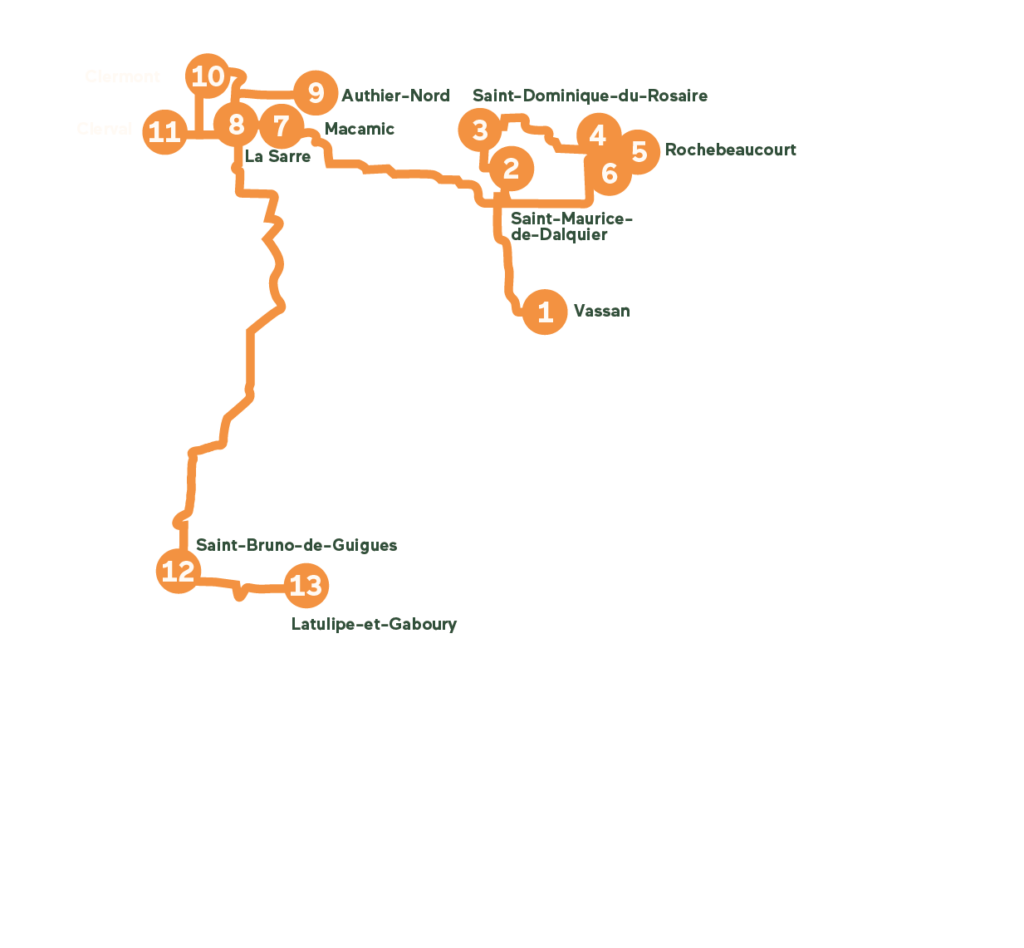

13 heritage
gems

Unique Architecture

Perfectly photogenic
1
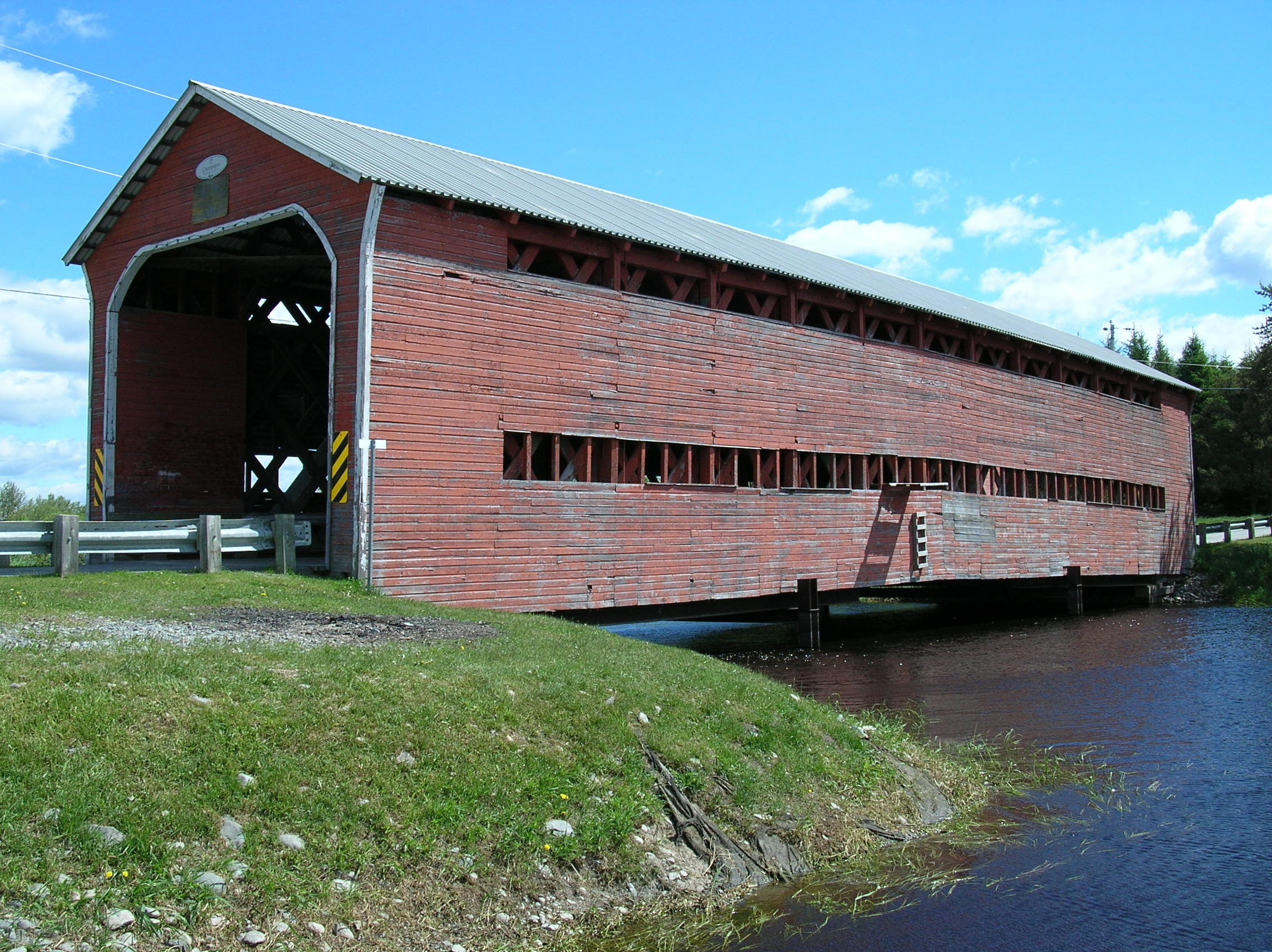
Vassan
Champagne Bridge
Built in 1941, this bridge spans the Vassan River and was named after early settler Hervé Champagne. It features unusual design elements such as lateral openings, an exceptionally wide roadway (5.38 m), a non-standard vertical clearance (4.72 m), a curved lintel portal, and false-arch drip edges.
Location: Chemin du Pont-Champagne
2
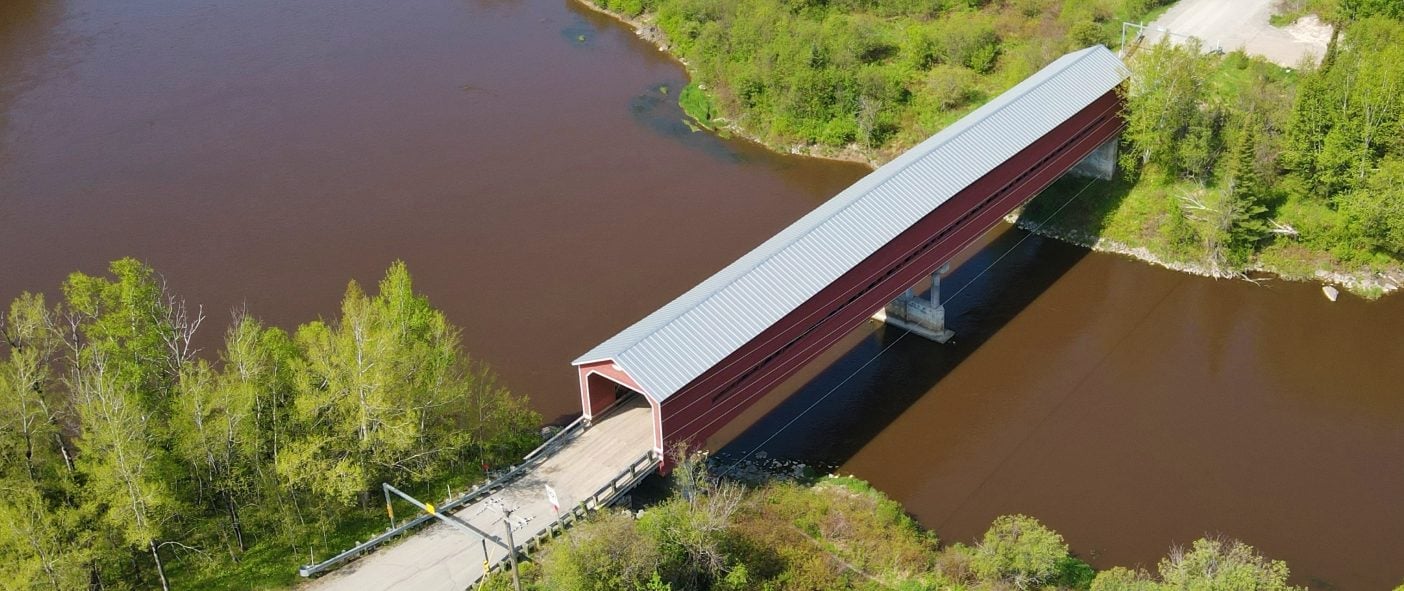
Saint-Maurice-de-Dalquier
Émery-Sicard Bridge
Located on Rivest Road, this bridge was built in 1946 after a fire destroyed the previous one. It was named in honor of a local sawmill operator who supplied the wood for its construction. Measuring over 78 meters, it crosses the Harricana River.
Location: Chemin Rivest
3
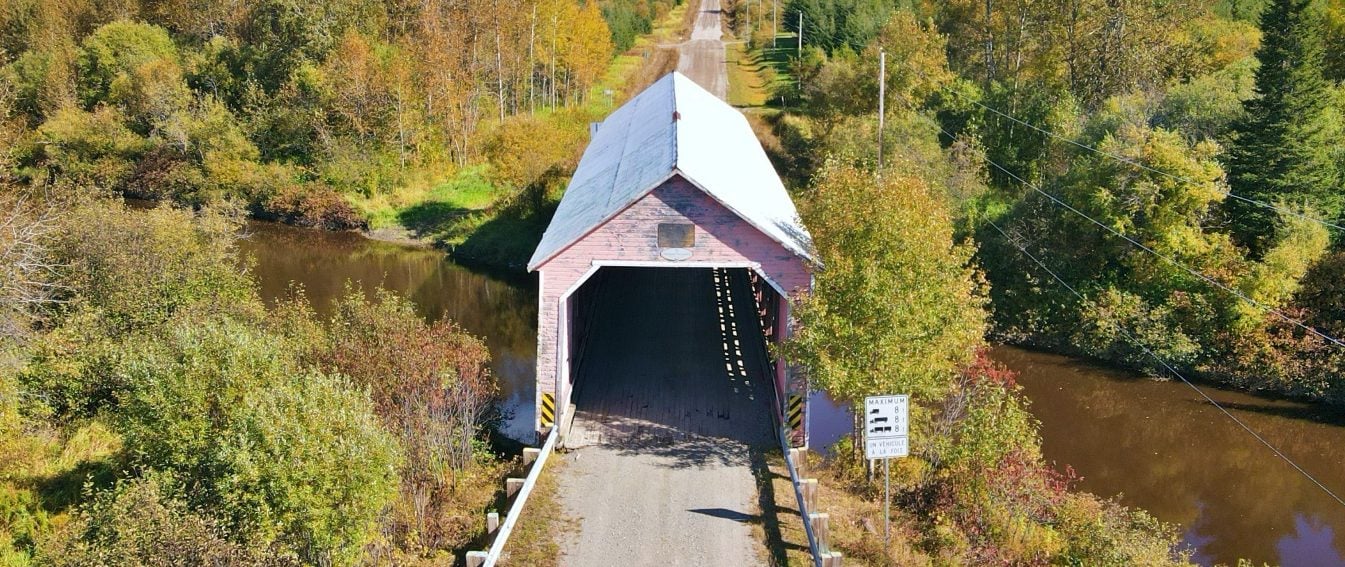
Saint-Dominique-du-Rosaire
Alphonse-Normandin Bridge
Built in 1950, this bridge over the Davy River is among the newest in Quebec. Located on Lavoie Ouest Road, it’s uniquely assembled with four nails at the beam junctions instead of the usual five.
Location: Chemin Lavoie Ouest
4
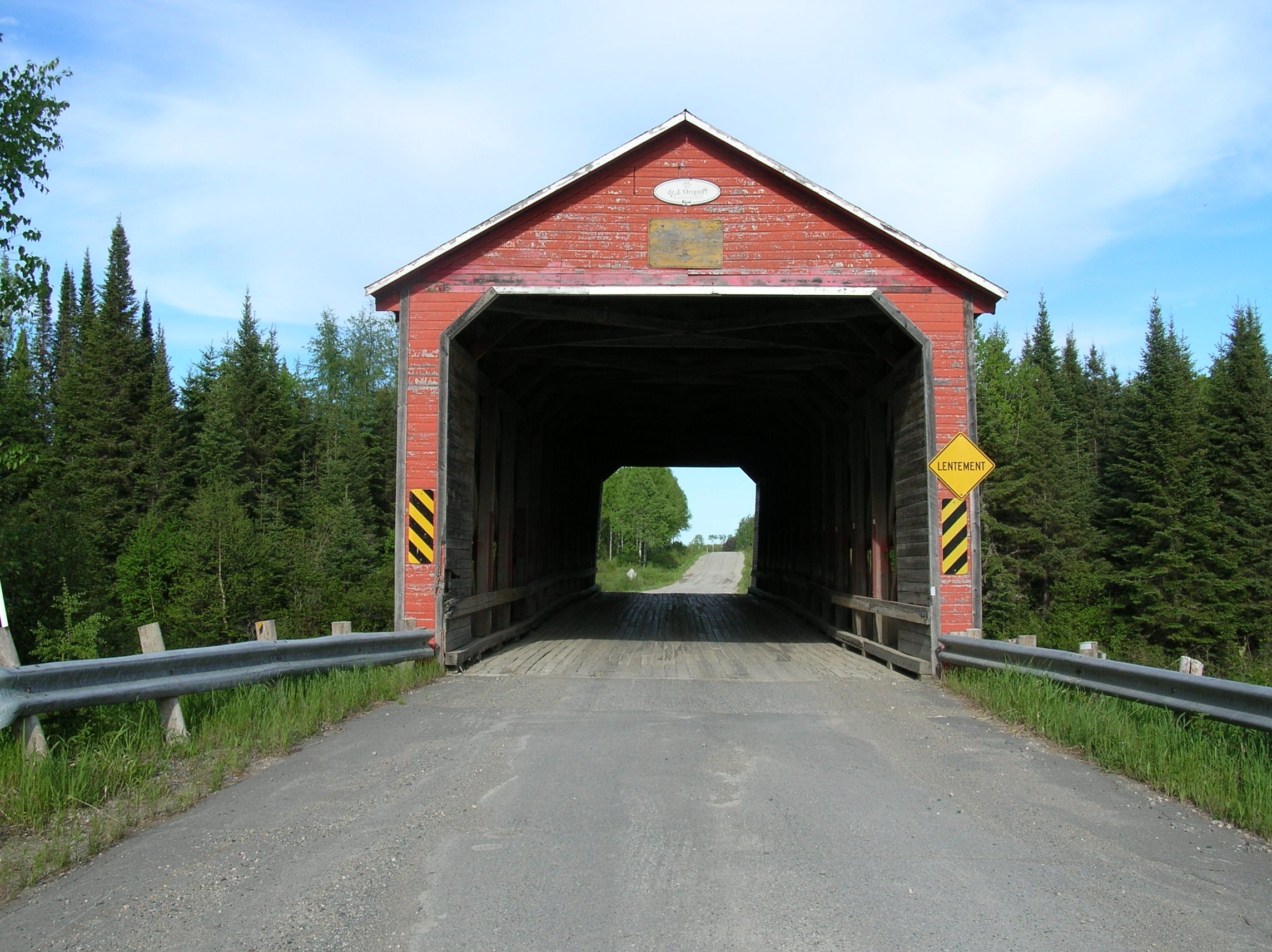
Rochebeaucourt
Orignal Bridge
Constructed in 1942, this bridge is named after the frequent presence of moose in the area. Originally built with curved lintel portals, these were altered in 2002 due to spring flooding damage.
Location: Route 395
5
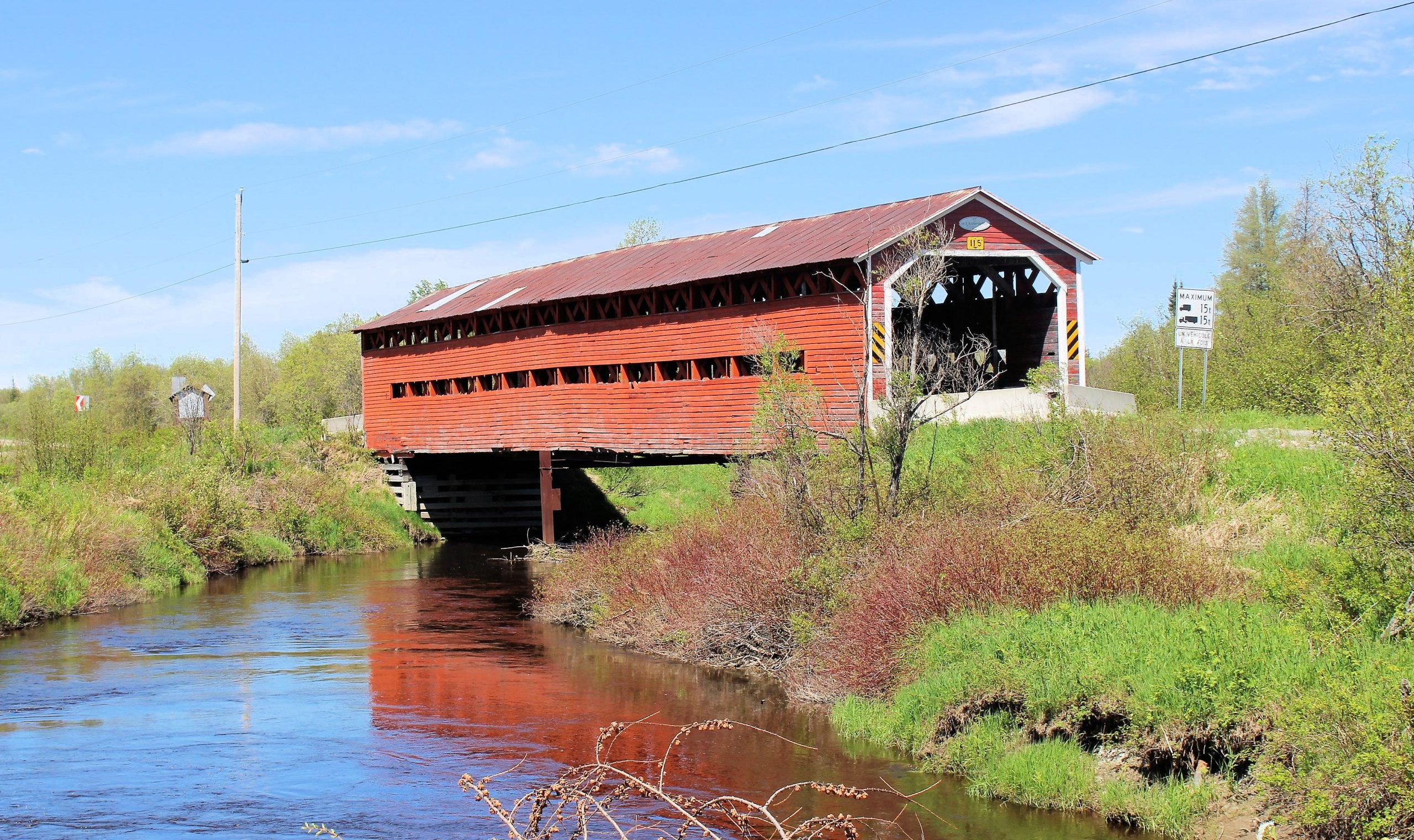
Rochebeaucourt
Arche-de-Noé Bridge
Built in 1937, this bridge crosses Tourville Creek on the Chemin du 5e and 6e Rangs. It gets its name from the fact that it was repeatedly swept away by spring flooding. One of its distinctive features is the low roof slope.
Location: Chemin des 5e et 6e Rangs
6
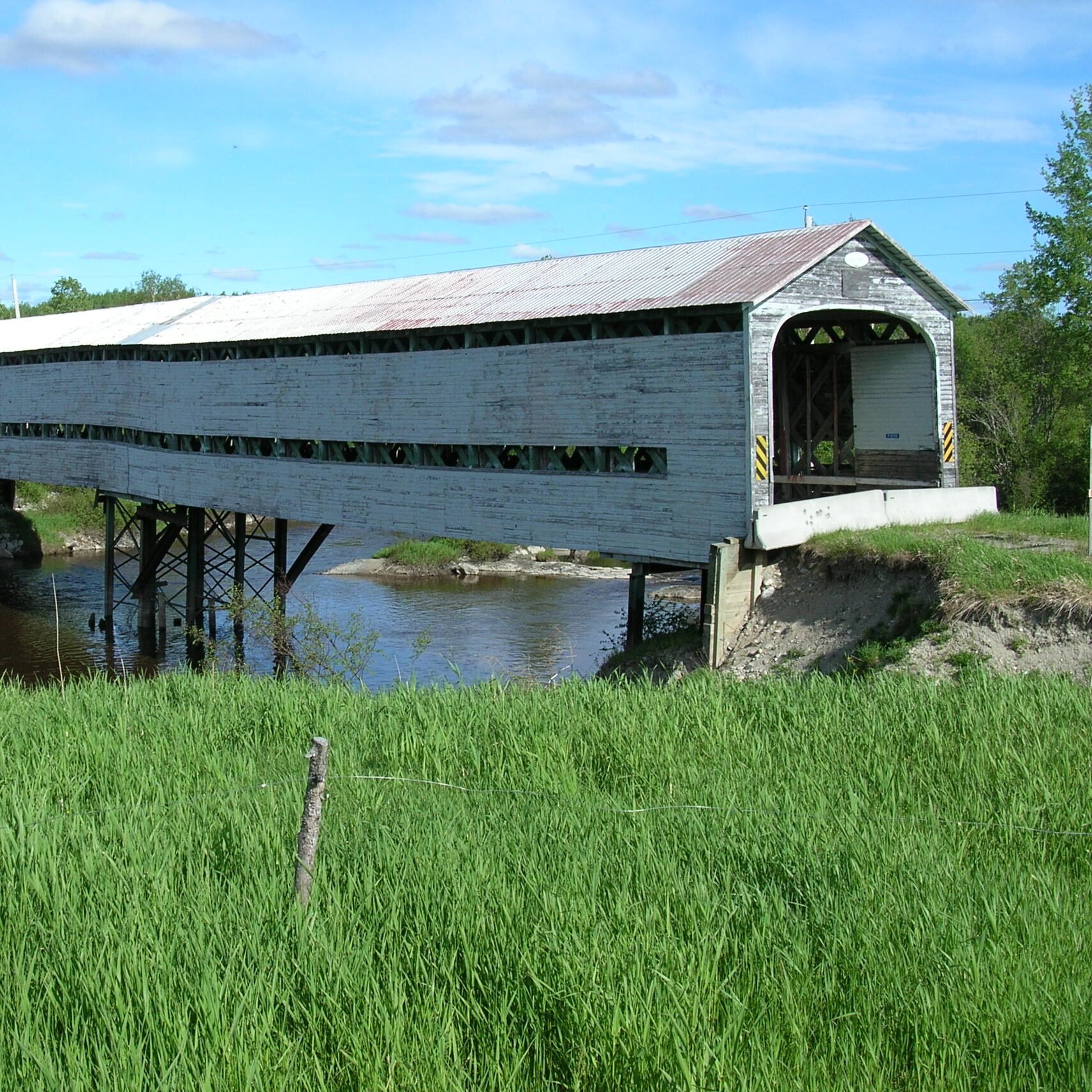
Rochebeaucourt
Chutes Bridge
The second longest covered bridge in the region, this 63.7-meter-long bridge was built in 1954. It crosses the Laflamme River and features beautiful arched portals, a rare architectural detail.
Localisation: 9e et 10e Rangs Est
7
.jpg)
Macamic
Molesworth Bridge
Built in 1930 over the Loïs River on the 2nd and 3rd Range Road, this bridge was reinforced in the 1950s with a central pillar. The side openings now feature arrow-shaped designs.
Localisation: Chemin du 2e et 3e Rangs
8
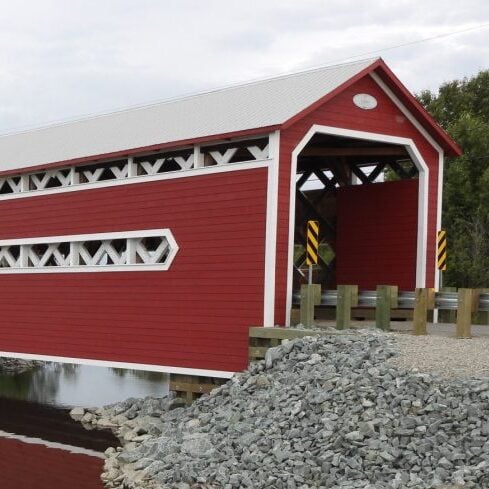
La Sarre
Leclerc Bridge
This 1927 bridge over the Bouchard River is named after one of La Sarre’s pioneering families. One of the oldest in the region, it has ornamental side openings. In 2021, it was temporarily moved and placed on a new deck, becoming the first covered bridge in Quebec without a load limit.
Localisation: Chemin du 8e et 9e Rang Ouest
9
.jpg)
Authier-Nord
Levasseur Bridge
Built in 1928 over the Macamic River, this bridge was named after the nearby Levasseur family. It features a steep-pitched roof (over 35 degrees) and arrow-shaped lateral openings.
Localisation: Chemin du Pont-Couvert
10
.jpg)
Clermont
Petit-Quatre Bridge
Built in 1950, this bridge crosses the Des Méloizes River. Unlike others, it has only one row of windows and has been painted various colors over the years, including red in the 1980s.
Localisation: Route Petit-Quatre
11
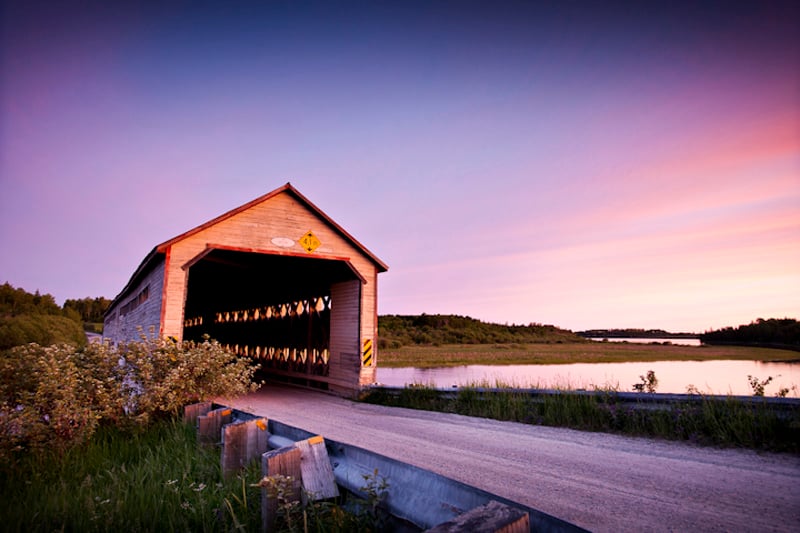
Clerval
De l’Île Bridge
The only covered bridge in Quebec that connects an island—Népawa Island—to the mainland, it spans a channel of Lake Abitibi. Construction began in 1945 and ended in 1946. This area is rich in archaeological potential, with artifacts found nearby.
Localisation: Chemin de l’île Nepawa
12
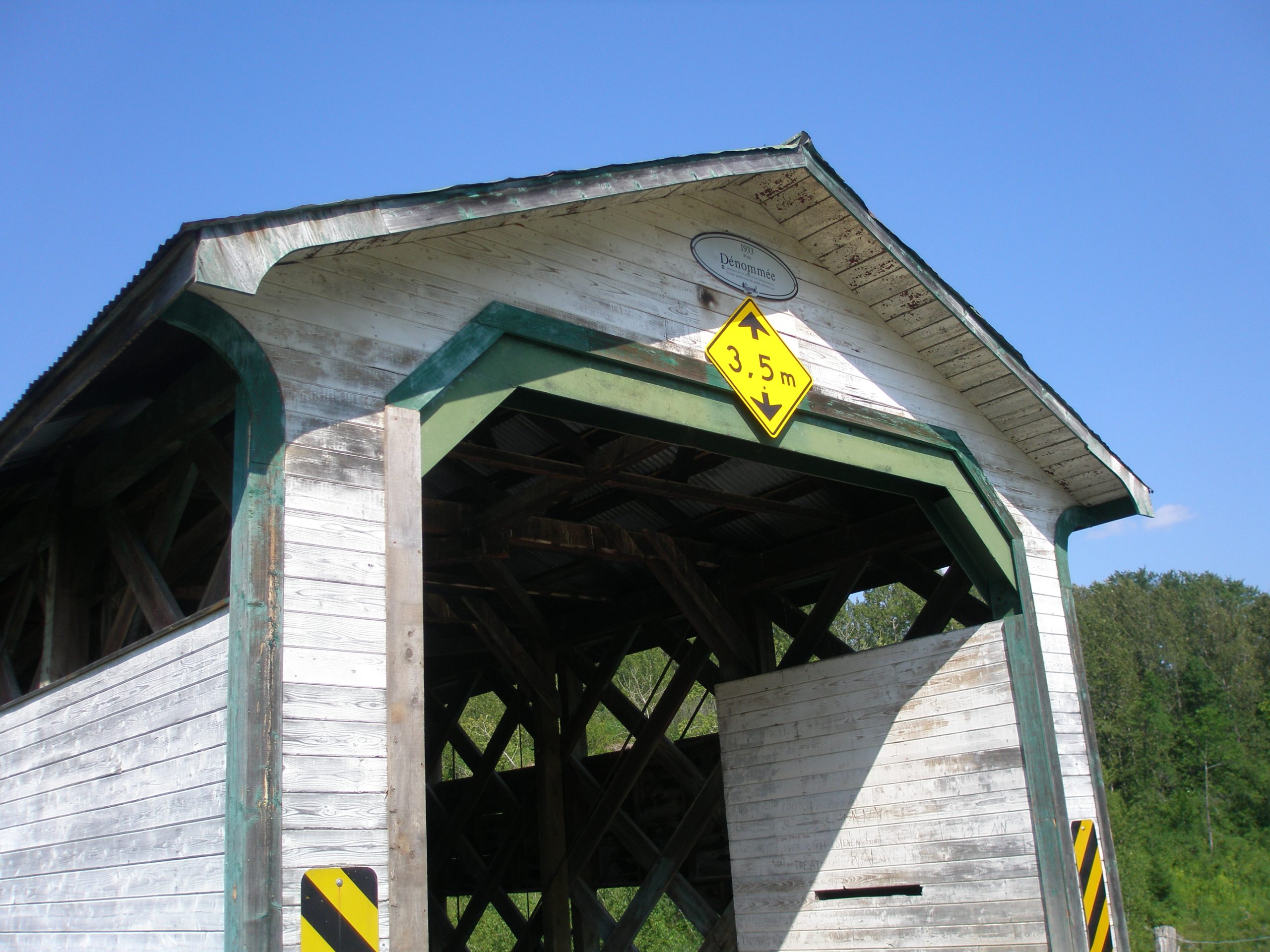
Saint-Bruno-de-Guigues
Dénommée Bridge
Named after pioneer Albert Dénommée, this 1933 bridge was extended by 10 meters in 1950. It features unique roof trim and false-arch drip edges on each side of the portal, along with a low-pitched roof (under 25 degrees).
Localisation: Route du 6e Rang
13
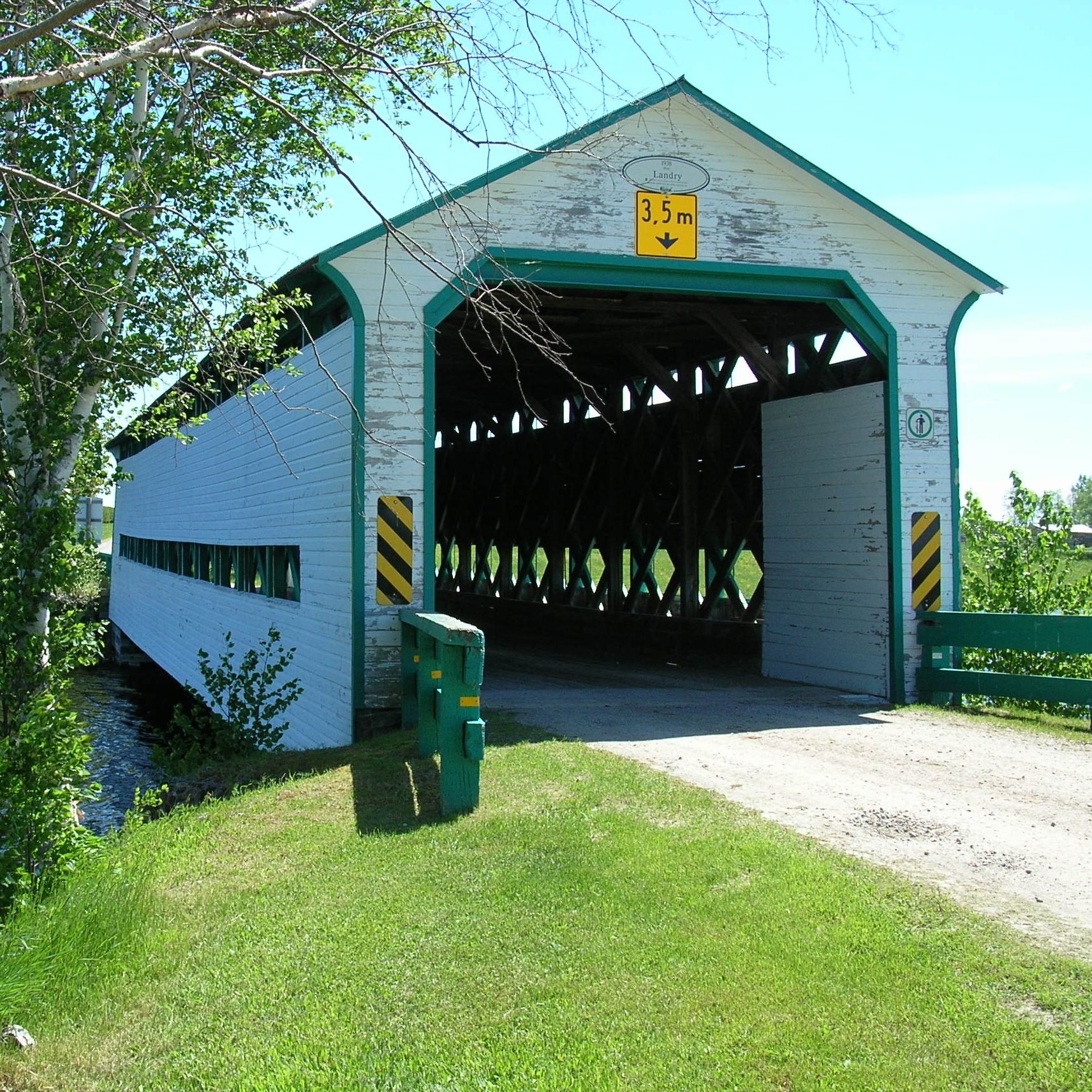
Latulipe-et-Gaboury
Landry Bridge
Built in 1932 and named after two Landry families, this bridge was restored in 2010 for the town’s centennial. Steel braces were added to the false-arch drip edge portals. Though old, it has seen little modification over the years and has been painted white since the 1970s.
Localisation: Chemin du 9e Rang Ouest
By following this circuit, you’ll discover much more than wooden structures—you’ll meet a living chapter of our regional history. Each covered bridge tells a story of resilience, love, and community. Whether they span rivers or connect islands to the land, these relics of the past deserve to be seen, photographed… and preserved.
So, are you ready to seek out these legendary bridges?
Sources: Évaluation patrimoniale des ponts couverts en Abitibi-Témiscamingue et au Nord-du-Québec, ministère des Transports du Québec, February 2009.
Les ponts couverts au Québec, Pascal Conner
Plan your stay
Need some inspiration?
Looking for things to do, places to stay, and where to eat? Our experts share their tips and discoveries for an unforgettable stay.
Need help
planning your stay?
Official tourist guide
Access to the region
FAQ
Sign up for our newsletter!
Let our inspiring suggestions come straight to you!



